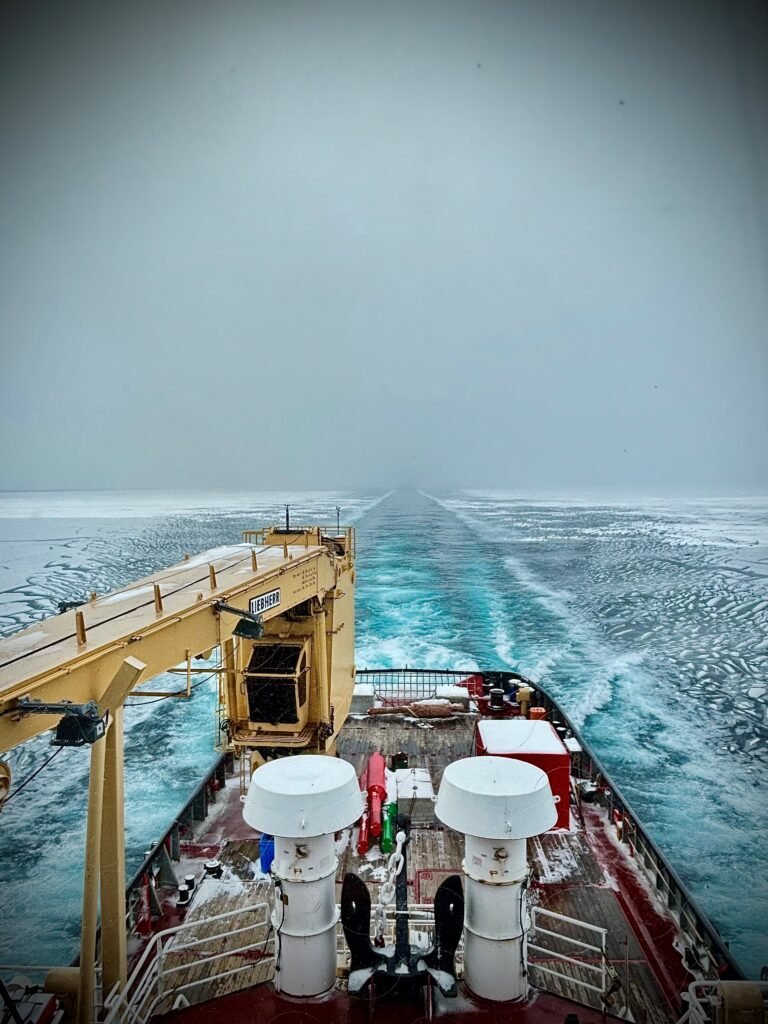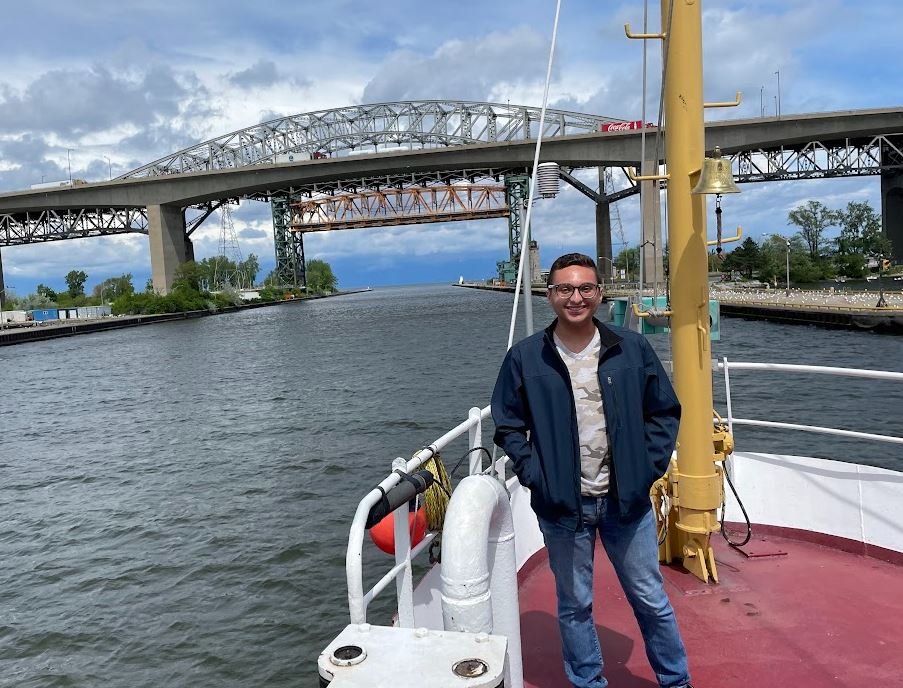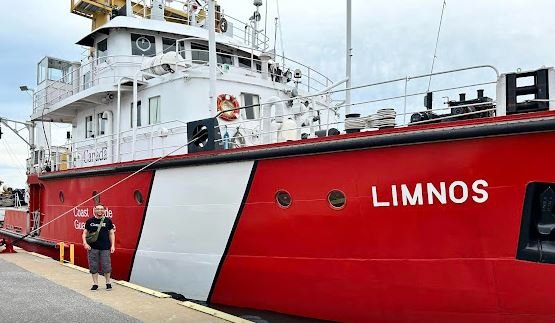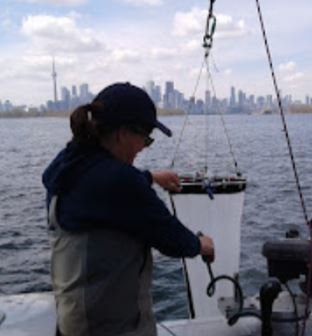Breaking the Ice for the WinterGrab
Members from the Fisheries and Oceans Canada, Lower Trophic Food Webs lab recently returned from a five-day voyage aboard the CCGS Samuel Risley—one of the impressive Canadian Coast Guard icebreakers servicing the Great Lakes. This mission was an opportunistic sampling effort, aimed at collecting water samples for the binational collaborative winter limnology research ‘WinterGrab’ 2025 […]
Breaking the Ice for the WinterGrab Read More »
